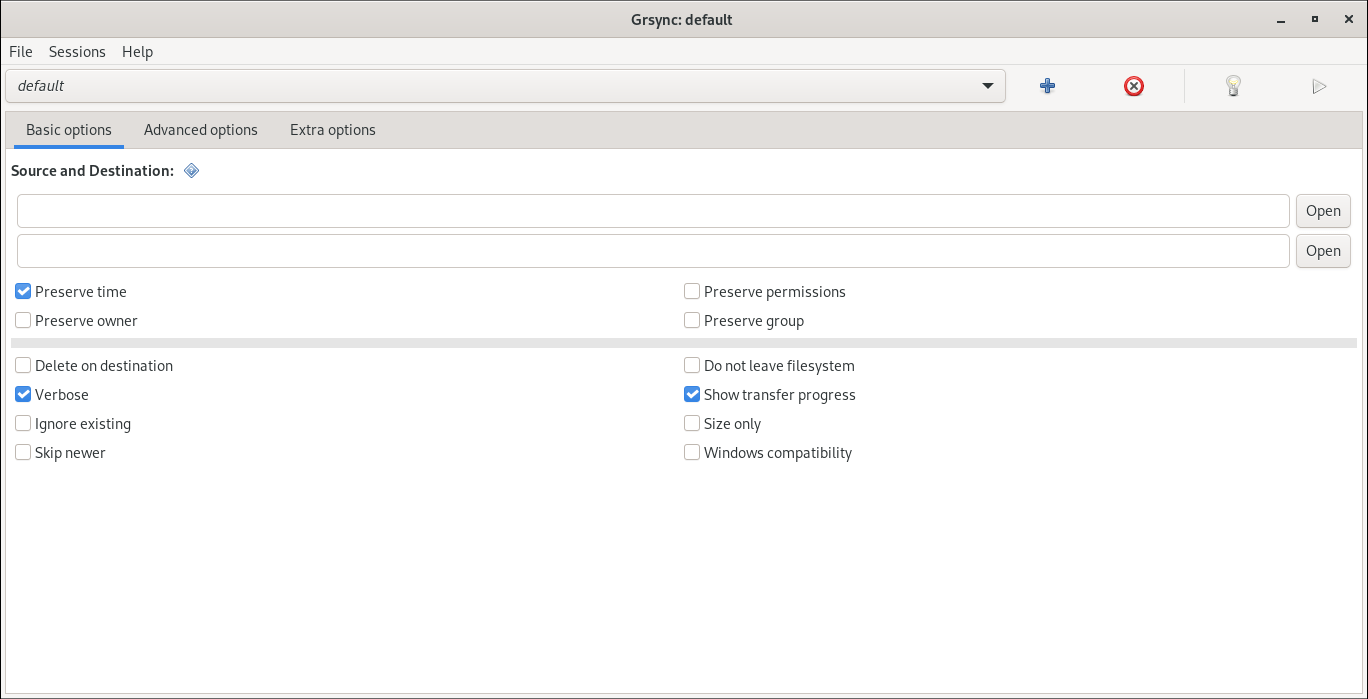
It is also possible to include and exclude files at the same time by using the -include option followed by the name of the file or directory you want to include, and the -exclude option for everything else. rsync -av -exclude-from='.gitignore' source/ destination/ Include specific files and exclude other You can also use a `.gitignore` file to specify files to be excluded, which is a good way to exclude version control files. The patterns in the exclude file can be a shell glob (e.g., *.log) or a regular expression (if the -exclude-from option is replaced with -exclude-from-file). Here `exclude.txt` file containing all the patterns of files or directories to be excluded rsync -av -exclude-from='exclude.txt' source/ destination/ This file contains a list of excluded patterns, one per line, and Rsync will read the file and apply all the patterns specified in it. You can also exclude specific directories by including the entire path, like this: rsync -av -exclude='path/to/directory' source/ destination/ Exclude all written in text fileĪnother way to exclude files and directories is by using a separate file called an “exclude file”. For example, if you want to exclude all files with the “.log” extension, you can use the following command: rsync -av -exclude='*.log' source/ destination/ The most basic method for excluding files and directories with Rsync is by using the -exclude option followed by the name of the file or directory you want to exclude. Also includes a few useful examples using this feature. In this article, we’ll get a basic understating of excluding files and directories with Rsync command line utility. This feature can be incredibly useful for a variety of tasks, such as backups, codebase synchronization, and data management. One of the key features of Rsync is the ability to exclude files and directories from the synchronization process.

However, rsync was not designed for FTP.Rsync is a powerful command-line utility for Unix/Linux systems, that allows you to synchronize and transfer files between different two systems. –rsh=”ssh -l username” to copy over network gitignoreĬombination of –progress which gives you a progress bar for the transfers and –partial allows you to resume interrupted transfers To exclude certain files and directories from the copy process similar to.
GRSYNC SKIP EXISTING UPDATE
Only update files that already exist on receiver

Option with protocol name you want to use, e.g., -avzhe ssh –dry-run: show what would have been transferred –update: skip files that are newer on the receiver Human-readable: output numbers in a human-readable format

This option compresses the data as it is copied over the network Turns on compression during the transfer.
GRSYNC SKIP EXISTING ARCHIVE
This turns on archive mode to recurse the directory copying all the files and directories and perserving things like case, permissions, and ownership on the target (Note: Ownership may not be preserved if you are not logged in as the root user) Syntax: rsync -options –otherOptions sourceDir targetDir One can use additional options such as -exclude-glob a-dir-to-exclude -exclude-glob a-file-to-exclude -exclude-glob a-file-group-to-exclude* -exclude-glob other-files-to-exclude. Mirror -parallel=15 -log= $HOME /box.log -verboseĪ verbose log file is request. #!/bin/bash export HOST = "" export USER = "USER" export PASS = "PASS" export FTPURL = "ftp:// $USER : $PASS $HOST " export LCD = "Local directory" export RCD = "Remove directory"


 0 kommentar(er)
0 kommentar(er)
